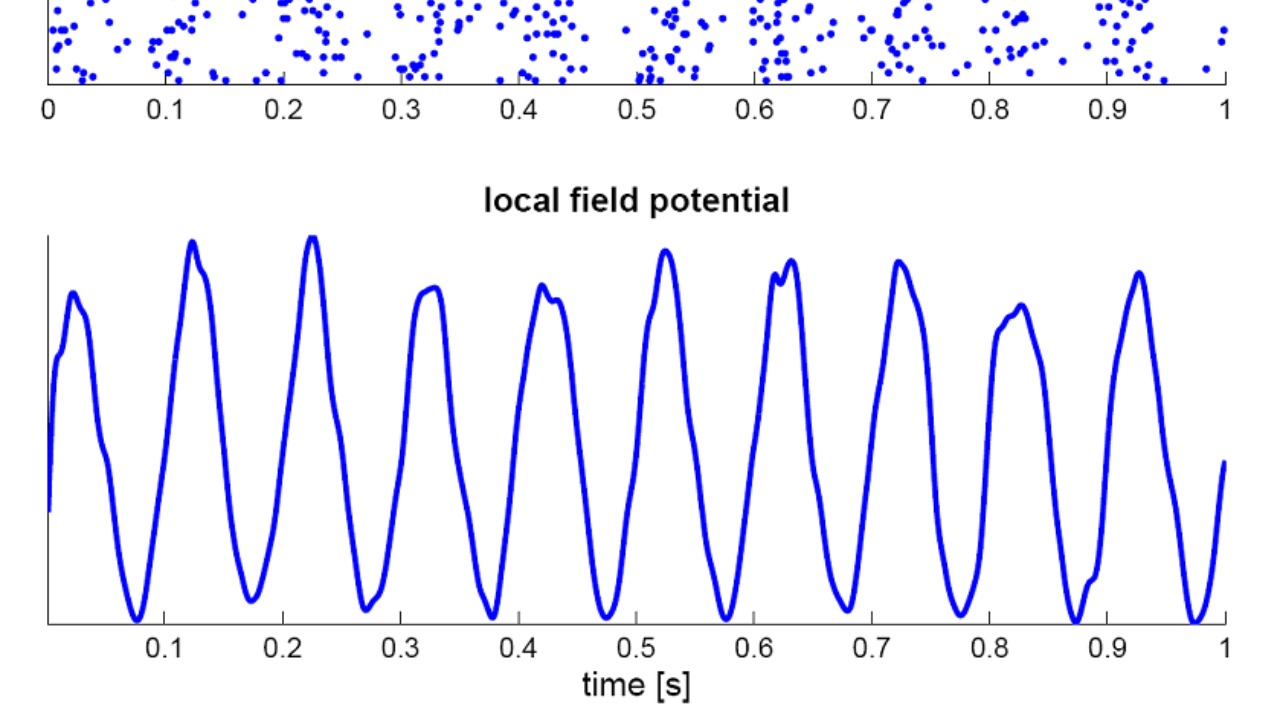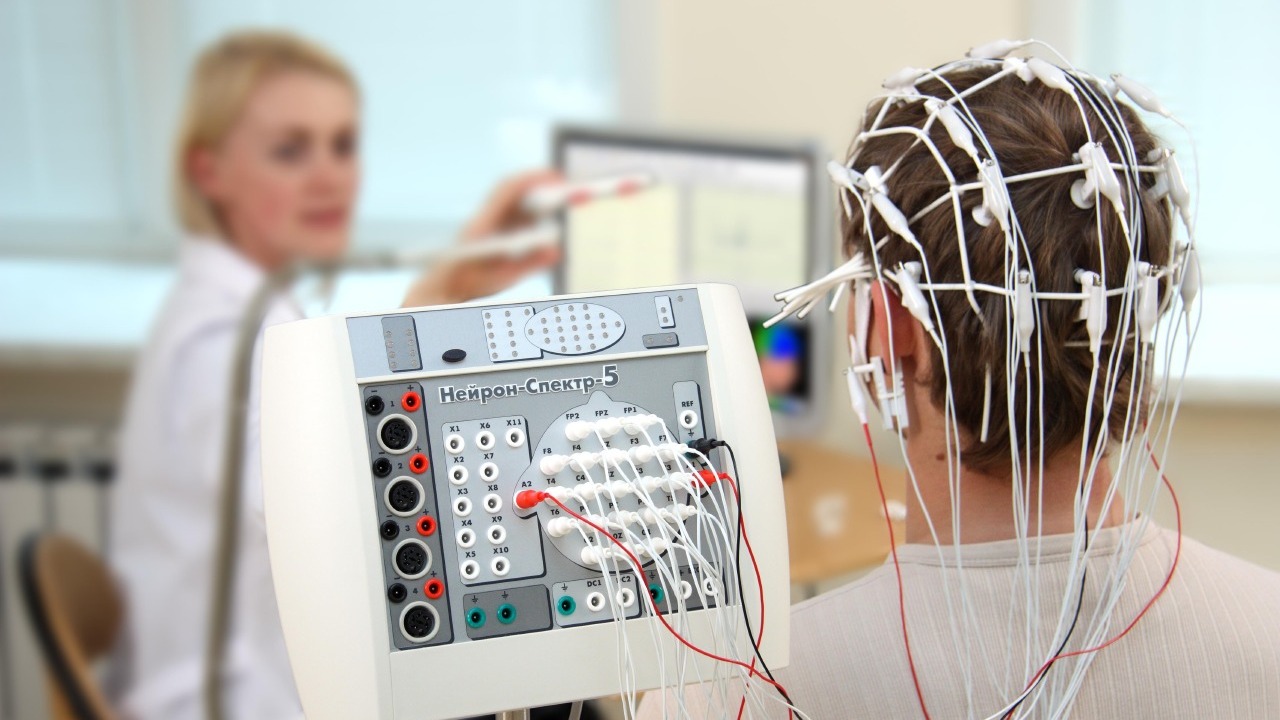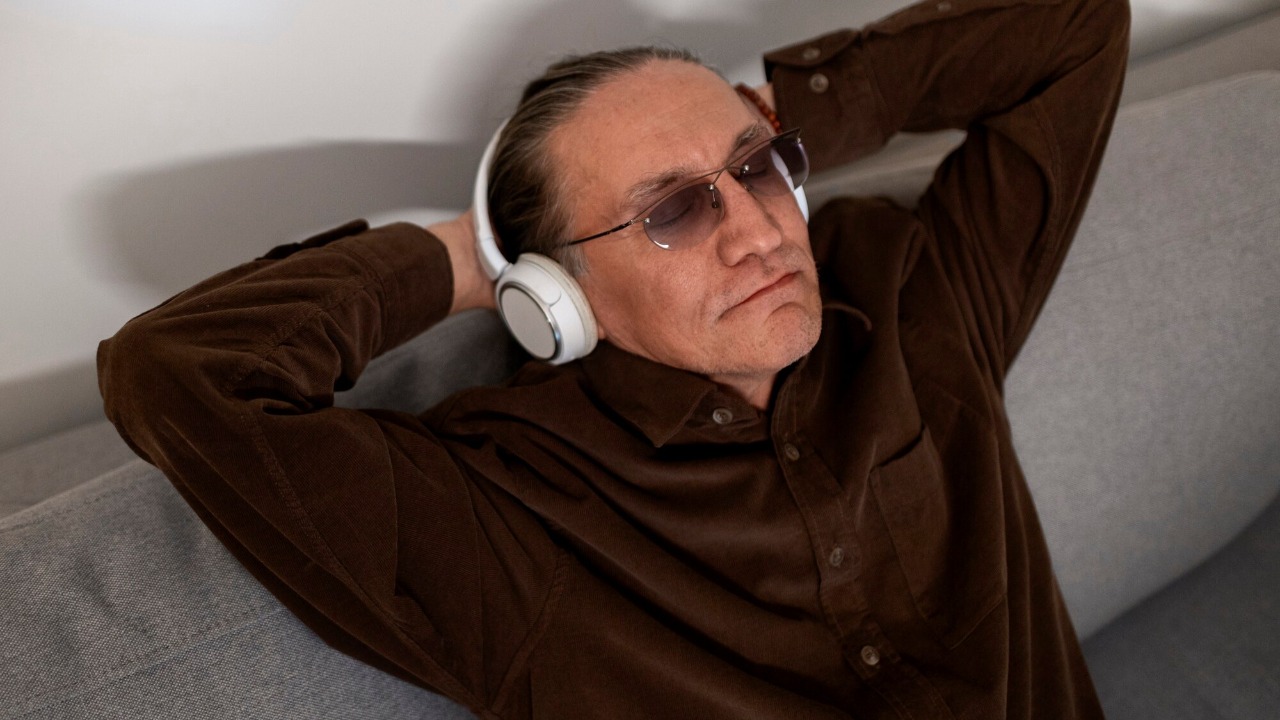
Headphones have evolved tremendously, transitioning from simple music-playing devices to smart gadgets that modify sound based on the listener’s brainwaves. Let’s delve into the intricate technology behind these groundbreaking headphones and investigate their potential advantages.
The Science of Sound and Brainwaves

Brainwaves, or neural oscillations, are rhythmic or repetitive patterns of neural activity in the central nervous system. Different patterns are associated with various mental states, such as being attentive, relaxed, or asleep. Sound, particularly music, can influence these brainwaves. Certain frequencies and rhythms can induce specific brainwave states, potentially affecting the listener’s mood and emotional state.
There’s a fascinating relationship between music, brainwave activity, and mood. Different genres and tempos of music can provoke various emotional responses and induce corresponding brainwave activities. For instance, fast-paced music might stimulate alertness and focus, while slow, calming music might promote relaxation and tranquillity.
Pioneers of Brainwave-Adjusting Headphones

The concept of brainwave-adjusting headphones isn’t entirely new, but a handful of companies are pioneering its application. Among them, Enophone stands out with its innovative product, the Enos Tap. This device not only plays music but also uses a built-in electroencephalogram (EEG) to monitor the listener’s brainwaves and adjust the music accordingly.
There are other noteworthy brands and models in the market as well. Companies like Neeuro, Mindset, and Kokoon are pushing the boundaries of what headphones can do, integrating EEG technology into their products to offer a personalized listening experience that responds to the user’s mental state.
The Technology Behind Brainwave-Adjusting Headphones

EEG technology is key to the operation of these cutting-edge headphones. Electroencephalography is a monitoring method used to record electrical activity of the brain. In the context of headphones, they’re equipped with sensors that detect this activity, then adjust the sound output based on the detected brainwave patterns.
Artificial intelligence (AI) and machine learning play crucial roles in this process. These technologies interpret the data from the EEG, identifying patterns and learning over time to provide a more customized sound experience. The more the headphones are used, the better they become at understanding the user’s preferences and emotional states, leading to a more personalized sound experience.
Potential Benefits and Applications of Brainwave-Adjusting Headphones

There are multiple potential perks of using brainwave-adjusting headphones. One of the most notable is their ability to enhance focus and productivity. By playing music that stimulates brainwave patterns associated with focus and alertness, these headphones can help users concentrate better on their tasks.
Additionally, these headphones can aid in stress management and relaxation. By modulating the music to induce calm brainwave patterns, they can help the user unwind and de-stress. There’s also promising potential for these headphones in sleep therapy and mental health treatment, with ongoing studies exploring their effectiveness in these areas. For instance, some headphones are being designed specifically to assist with sleep, using sound to guide the brain into a state conducive to rest.
Criticisms and Challenges of Brainwave-Adjusting Headphones

Despite the promising potential of brainwave-adjusting headphones, they aren’t without their critics and challenges. Skepticism exists regarding the effectiveness of these headphones, with some questioning whether they can genuinely enhance focus, productivity, or relaxation.
Personalizing sound based on brainwaves is a complex process, and achieving meaningful customization can be difficult. Additionally, there are privacy concerns associated with the collection and use of brainwave data. With data breaches becoming increasingly common, there’s understandable apprehension about sharing such intimate information.
The Future of Brainwave-Adjusting Headphones

Despite the current hurdles, research into brainwave-adjusting headphones continues to forge ahead. Future improvements in this technology are expected to refine the efficacy and personalization of these devices, leading to even better user experiences.
Looking forward, these headphones could have a significant impact on various sectors, from personal wellness to professional productivity, and even in therapeutic settings. They represent an exciting part of the broader trend towards personalized tech products, pointing towards a future where technology is tailored to our individual needs and preferences, right down to our brainwaves. Considering the ongoing advancements in neuroscience and AI, it’s an exciting time for the intersection of music, technology, and the human brain.